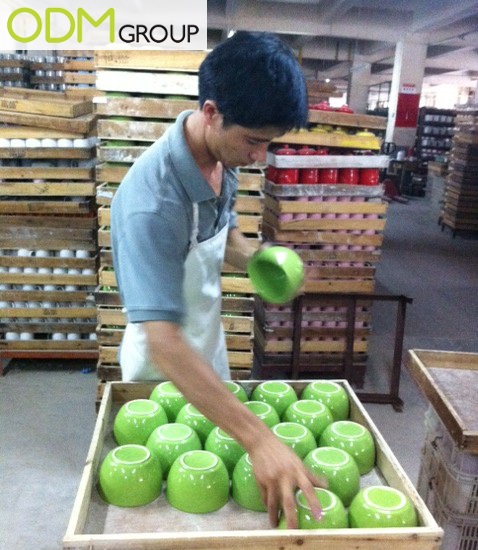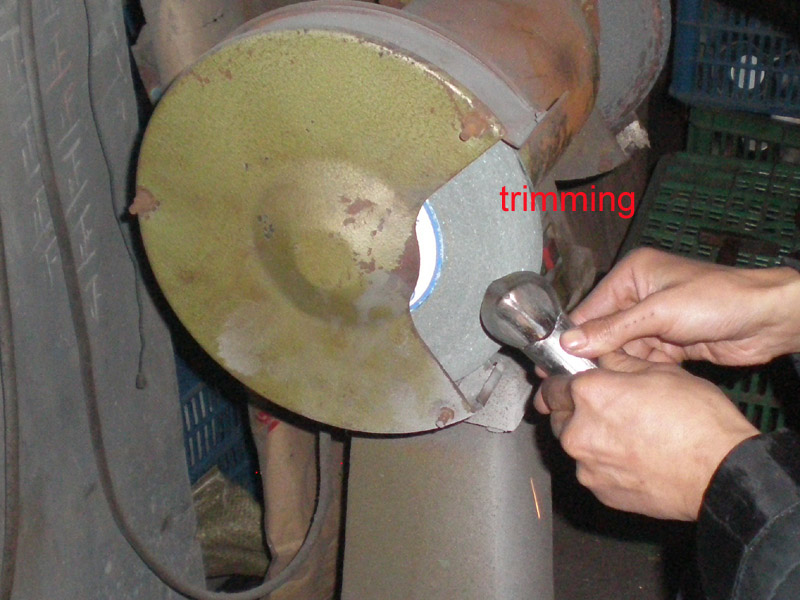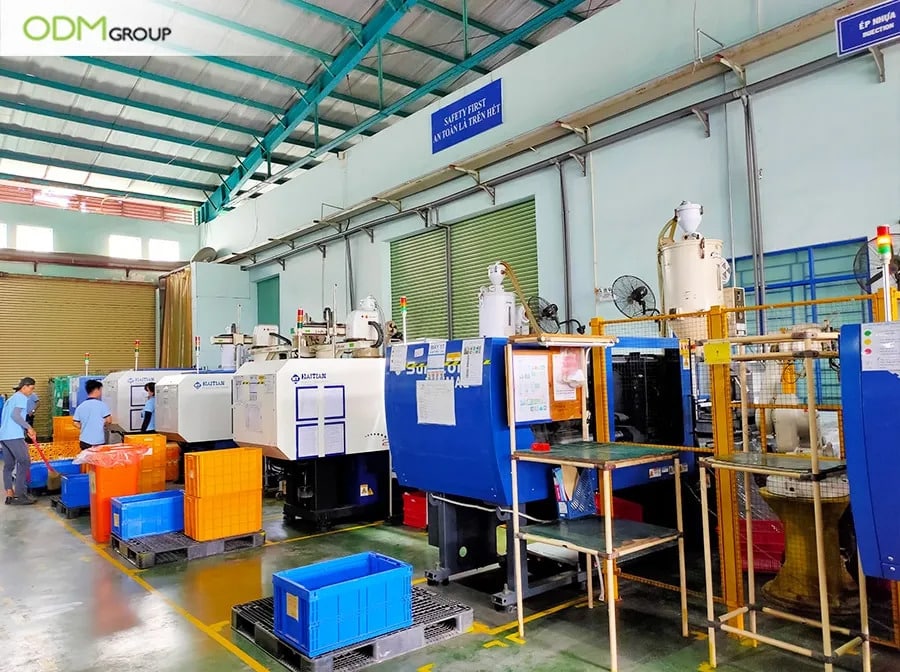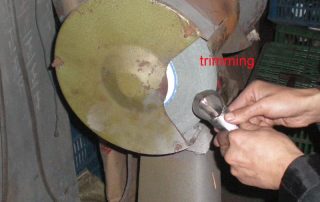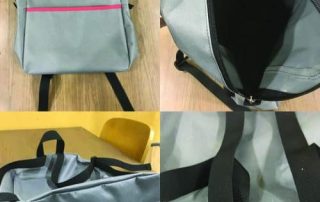In any manufacturing process, especially in crafting promotional products, the quality of raw materials and components used is crucial to ensuring the final product meets and exceeds customer expectations. This is where incoming inspection plays a vital role.
Let’s talk about its importance and understand how it is done. Likewise, we will also discuss things to consider during the process.
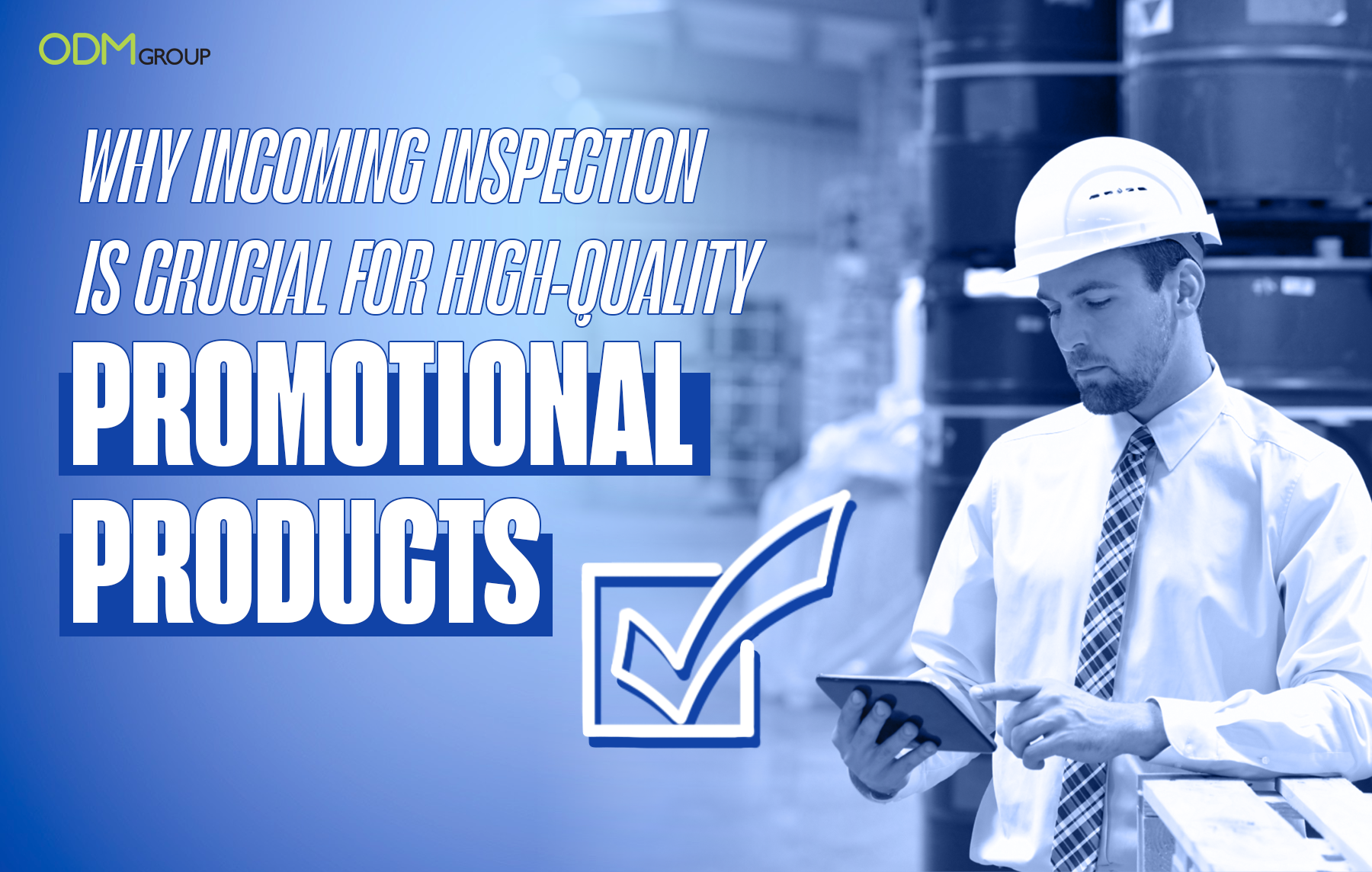
What is Incoming Inspection?
Incoming inspection or incoming quality control, also known as receiving inspection, is a thorough evaluation and assessment of the quality and specifications of the materials, components, or parts received from suppliers or vendors before they are used in the manufacturing process.

The primary objective of this quality control inspection is to identify any defects, non-conformities, or discrepancies early on in the production process.
By conducting inspections at the point of receiving, manufacturers can prevent and address potential issues before they impact the final product.
By meticulously inspecting the incoming materials, manufacturers can ensure that they meet the desired specifications, adhere to industry standards, and comply with regulatory requirements.
The Process of Incoming Inspection: Your Ultimate Guide
The process of incoming inspection involves a series of steps to thoroughly assess the quality and compliance of received materials. Here is a step-by-step guide to conducting an effective incoming inspection for manufacturing promotional products:
The first step is to receive the materials from suppliers or vendors. This can include items such as fabrics, plastic components, printing materials, and packaging materials. Proper measures should be in place to ensure the accuracy of quantity and packaging integrity during the receiving process.
The received materials are then cross-checked against the purchase order to ensure the correct quantity has been delivered.
Inspectors also examine the packaging for any signs of damage that may have occurred during transit.
This step helps identify potential issues that could affect the usability or integrity of the materials.
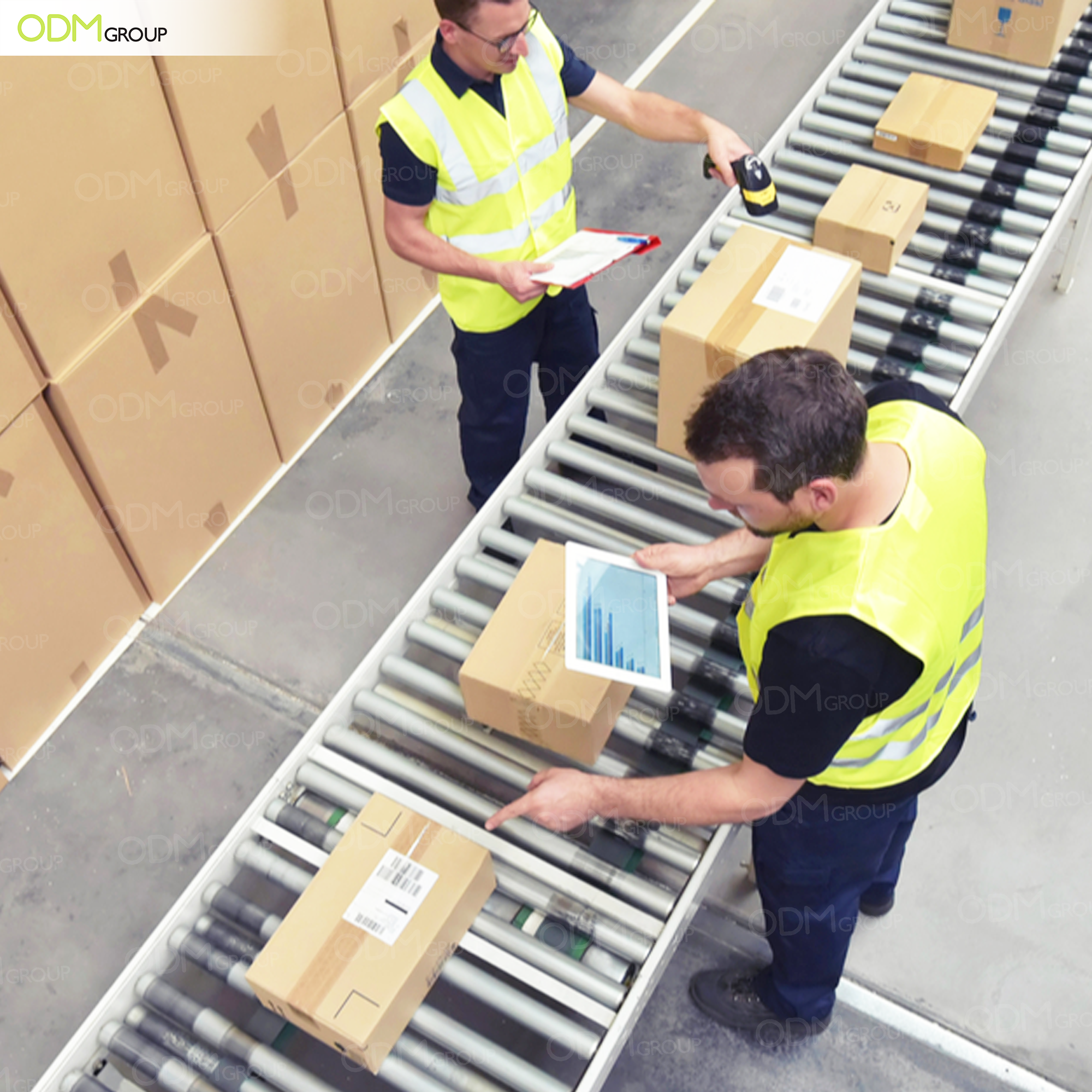
Each material/component has specific requirements and specifications. Inspectors compare these specifications against the provided documentation, such as engineering drawings, product specifications, or quality control standards.
They check for factors like dimensions, colour, material composition, and any special attributes that need to be present.
In this crucial step, inspectors physically examine the received materials for any defects, damages, or inconsistencies. They may use tools like measuring devices, visual inspection, or functional testing, depending on the nature of the materials. This helps identify any non-conformities or deviations from the expected quality.
During the inspection process, inspectors may need to communicate with suppliers or vendors regarding any identified issues. This collaboration helps address concerns, clarify specifications, or negotiate returns, replacements, or corrective actions.
It is essential to document all inspection findings, including the results, observations, and any discrepancies discovered. This documentation serves as a record of the inspection process, facilitates traceability, and provides a reference for future analysis and improvement.
There are different types of tools used for conducting quality control. Here are some of the essential equipment needed.
Why IQC is Important in Manufacturing Promo Products?
Maintaining high-quality standards is paramount in manufacturing products. Incoming inspection plays a crucial role in ensuring that every promotional product that leaves the production line meets the desired specifications and exceeds customer expectations.
Here are several key reasons why incoming inspection holds significant value in promotional product manufacturing:
1. Preventing defective products.
Incoming inspection is a critical line of defence against defective or substandard materials. By thoroughly inspecting raw materials and components upon receipt, manufacturers can identify any non-conformities, defects, or deviations from desired specifications.
This early detection allows corrective measures to be taken, ensuring that only materials that meet quality standards proceed to production. Ultimately, this prevents defective products from reaching customers, reducing the risk of negative reviews, returns, or damage to the brand’s reputation.

2. Cost-saving and waste reduction.
Identifying and addressing quality issues during the incoming inspection stage helps prevent costly rework, product recalls, or production delays.
By catching defects early, manufacturers can avoid additional expenses associated with reprocessing materials or scrapping products that do not meet quality requirements.
Incoming inspection minimizes waste, optimizes resources, and reduces overall production costs, contributing to improved profitability.
3. Ensuring compliance with regulations and standards.
Promotional products often need to comply with specific regulations or industry standards to ensure safety and quality. Incoming inspection verifies if the received materials align with these regulations and standards.
This process ensures that the promotional products meet legal requirements, protective measures, and quality benchmarks. By adhering to these standards, manufacturers can ensure customer safety, build trust, and avoid potential legal and regulatory issues.
4. Customer satisfaction and loyalty.
High-quality promotional products reflect positively on the brand and contribute to customer satisfaction. By conducting rigorous incoming inspections, manufacturers can maintain consistency in product quality, ensuring that customers receive products that align with their expectations.
Satisfied customers are more likely to become repeat buyers and advocates for the brand. Moreover, effective incoming inspection reduces customer complaints, returns, or dissatisfaction, fostering long-term loyalty and a positive brand image.

5. Continuous improvement opportunities.
Incoming inspections provide valuable feedback on the quality of received materials and components.
By analyzing inspection findings, manufacturers can identify trends, areas for improvement, and potential issues within the supply chain.
This data-driven approach enables manufacturers to work closely with suppliers, implement corrective actions, and continuously enhance the overall quality of promotional products. It helps build stronger supplier relationships, streamline processes, and drive overall organizational improvement.
The ODM Group has vast knowledge when it comes to securing promotional product quality. We offer quality control services for for years already. We also conduct factory audits and visits to guarantee the quality of the products we provide to our clients.
On a visit to our porcelain factory, our staff supervised a thorough quality control check on our porcelain products that are currently in production.
Here, you can see the factory staff checking through all the completed porcelain items for pinholes and bumps.
Ensuring that standards are met, our QC staff monitor the manufacturing process and check the production.
On this particular visit our staff lived at the factory for over 1 week to supervise product development and help speed up product development.
A factory audit is a standardized verification process that provides brands and businesses vital information such as working conditions, management and production system of the supplier.
It’s usually the last step before businesses close the deal with the supplier and start production.
Challenges and Strategies in Incoming Inspection
Challenges
1. Time Constraints
Managing the inspection process efficiently within tight timelines can be challenging, especially with high volumes of incoming materials.
2. Handling Diverse Materials
Dealing with a variety of materials with distinct properties and inspection requirements poses complexities in maintaining consistent evaluation standards.
3. Ensuring Accurate Assessments
Maintaining accuracy and precision in assessments while preventing errors or oversights during the inspection process.
Strategies for Overcoming Challenges
1. Utilizing Technology
Implementing automated inspection tools and software assists in expediting assessments, enhancing accuracy, and managing high volumes efficiently.
2. Standardization and Training
Developing standardized procedures and providing comprehensive training ensures consistency in evaluation criteria across materials and staff members.
3. Effective Communication
Establishing robust communication channels with suppliers fosters collaboration resolves issues proactively, and maintains quality standards.
To Summarize
Incoming inspection isn’t merely a procedural checkpoint; it is a strategic imperative in guaranteeing the production of high-calibre promotional products that resonate with clients, captivate audiences, and reinforce the brand’s commitment to excellence.
Its enduring importance underscores its role as a linchpin in creating impactful and enduring promotional merchandise.
If you want to guarantee the quality of your promotional products, the ODM Group is here to assist you. As a promotional product agency and a company that conducts quality control services, we can ensure that the items you’ll use for your branding are first-rate and of the best quality.
Send us an email today to get a detailed quote.
Incoming Inspection FAQs
All you need to know about incoming inspection!
Why is incoming inspection essential in promotional product manufacturing?
Incoming inspection ensures that raw materials meet stringent quality standards before integration into production. This process safeguards against defects, upholds brand reputation, and guarantees the creation of high-quality promotional items that reflect a brand's image positively.
How does incoming inspection benefit promotional product manufacturers?
Incoming inspection mitigates risks by identifying and addressing material issues early, reducing production delays, preventing defective merchandise, and minimizing the likelihood of costly recalls. It fosters consistency, customer satisfaction, and brand loyalty.
What challenges can manufacturers face during incoming inspection, and how can they overcome them?
Challenges such as time constraints, diverse materials, and ensuring accurate assessments can be addressed through technology integration, standardized procedures, comprehensive training, and robust communication with suppliers. Embracing continuous improvement and refining processes are key strategies for overcoming these challenges.
